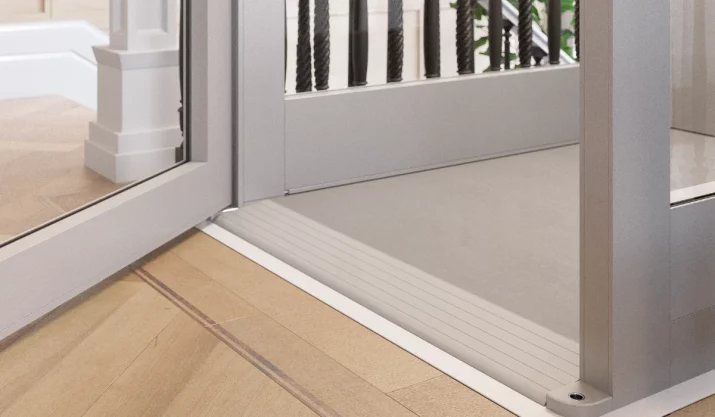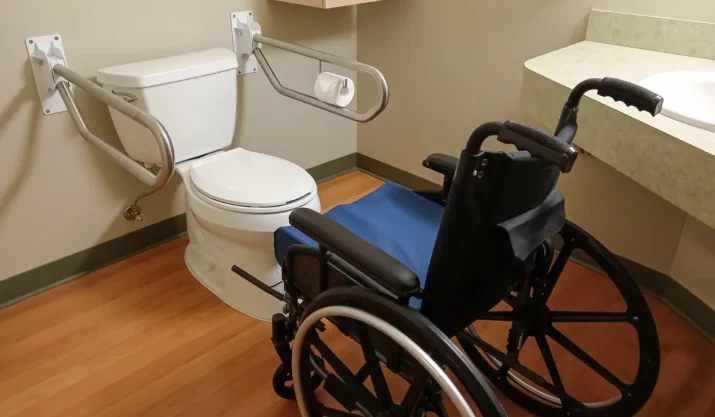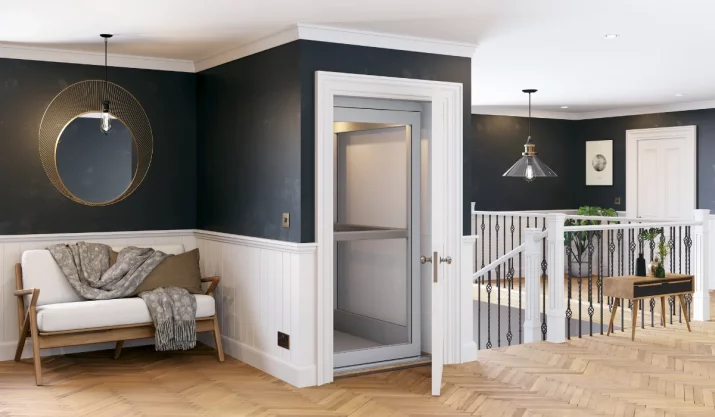What Type of Ramp Works Best for Garage Entries with Steps?

Table of Contents
Moving in and out of your home using a wheelchair, scooter, or power chair can be challenging if your garage entry has steps. A garage ramp for entry steps can make moving from the garage to your home smooth and safe.
Whether you need daily wheelchair access or occasional help for visitors, you need to choose the right ramp for your home. Choosing the right ramp is easier when you consider your mobility needs, available space, and how long you’ll need the ramp.
In this guide, we’ll help you understand what makes garage entry challenging for mobility device users, break down who benefits from which ramp, and explain the types of ramps, from simple threshold ramps to complete ADA-compliant systems. We’ll also help you determine what kind of ramp you need.
Key takeaways
- Match the ramp to the rise: Small steps work best with threshold ramps. For multiple steps, you may need longer, ADA-compliant ramp systems.
- Portability matters: Portable wheelchair ramps offer flexibility for part-time use or visitors, while permanent ramps are ideal for daily access needs.
- Prioritize security during use. Look for handrails, non-slip surfaces, and proper weight capacity to ensure safe use for wheelchairs, scooters, or power chairs.
- Measure before you buy. Knowing the rise and required ramp length helps you choose a ramp that meets ADA safety guidelines and fits your garage space.
Understanding garage entry challenges
Garage entryways vary. Some garages may have a single, small step, while others will have several front steps or a raised walkway leading to the door. Each layout calls for a different entry ramp or door ramp design.
Common challenges include:
- Uneven surfaces between the garage floor and the door threshold
- Limited space for a long ramp run
- Need for a ramp that works for wheelchair users, scooters, or loading carts
Types of ramps for garage entry steps
Threshold ramps for small rises
If your garage step is 6 inches or less, a threshold ramp or an aluminum threshold ramp is an easy and affordable choice. These ramps sit right at the doorway and bridge the gap.
Best for:
- Single-step entryways
- Wheelchairs, scooters, or walkers
- Homeowners who want quick, easy access without major installation
Benefits:
- Lightweight and portable
- Can have a non-slip surface for safety
- Often available in heavy-duty designs with high weight capacity
Portable wheelchair ramps for temporary use
A portable option, such as an aluminum wheelchair ramp or EZ-ACCESS singlefold, is ideal for occasional use. A folding wheelchair ramp is convenient if you don’t need it out all the time. You simply unfold it when needed and store it afterward.
Best for:
- Part-time wheelchair access
- Visitors with mobility devices
- Entryways with one to three steps or a bridge to cover the distance from the garage to the front door.
Benefits:
- Folds for storage
- Works for scooters, wheelchairs, and power chairs
- A loading ramp for equipment
Permanent ramps for daily use
If you need a ramp every day, a permanent ramp built to ADA-compliant standards offers the safest long-term option. This type is typical for handicap ramp installations and can connect the garage directly to a walkway or into the home.
Best for:
- Multiple steps into the garage
- Long-term mobility needs
- Maximum stability and safety
Benefits:
- Made from aluminum, concrete, or treated wood
- Includes handrails for added safety
- Built for high weight capacity and frequent use
Curb and door ramps for smooth transitions
Sometimes, the obstacle isn’t the steps; it’s the raised lip at the garage door or a high threshold. A door ramp or curb ramp makes the transition seamless.
Best for:
- Rolling carts, wheelchairs, or scooters
- Driveways with a raised lip into the garage
Benefits:
- Quick installation
- Heavy-duty options available
- Can be combined with other ramp systems
DIY vs. professional installation
A handy homeowner with woodworking skills can build a DIY ramp for short-term needs. However, a professional installation ensures safety. Professional installers follow ADA slope rules and building codes, including the requirement that requires 1 inch of rise per 12 inches of ramp length. They can also add features like handrails and non-slip surfaces to improve the safety of your access ramp.
For a lasting solution, a pre-built ramp will be sturdier and better suited to daily wheelchair use. However, homeowners who do not need a permanent ramp usually buy materials like plywood or pre-made door ramps from stores like Home Depot and have a contractor install them.
Choosing the right ramp
To pick the best ramp for your garage entry:
- Measure the rise from the garage floor to the door.
- Calculate the ramp length needed for a safe slope.
- Decide if portability or permanence matters more.
- Match the ramp’s capacity in pounds to your mobility device.
- Choose features like handrails or a non-slip surface for safety.
Conclusion
The best garage ramp for entry steps depends on your setup and mobility needs. Threshold ramps suit small rises, portable wheelchair ramps are flexible for part-time use, permanent ramps are ideal for daily access, and door ramps solve tricky threshold transitions.
At California Mobility, our team of trained specialists can help install a safe, reliable ramp that works for your space and meets all safety guidelines.
Contact us today to find the best ramp for your needs.






